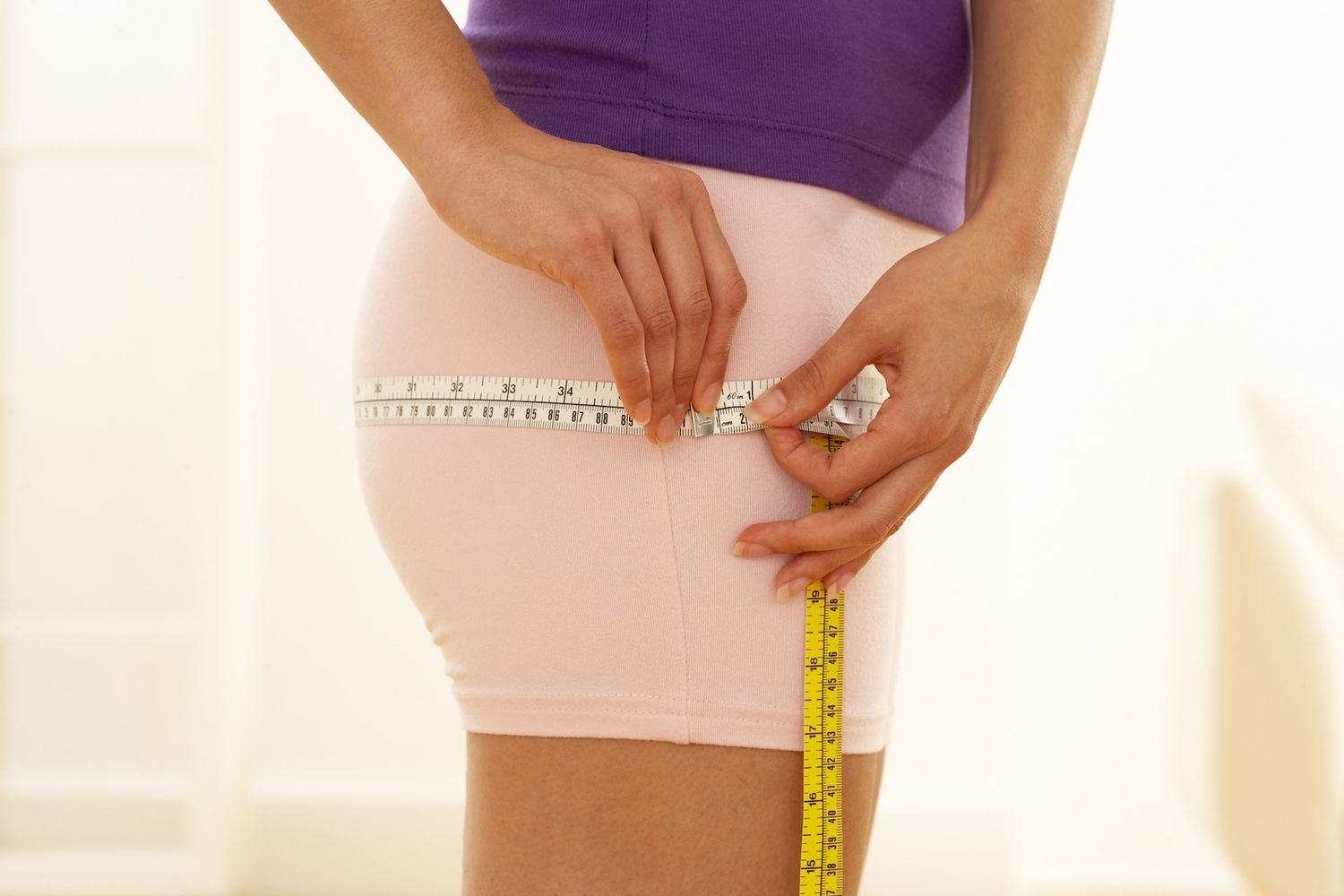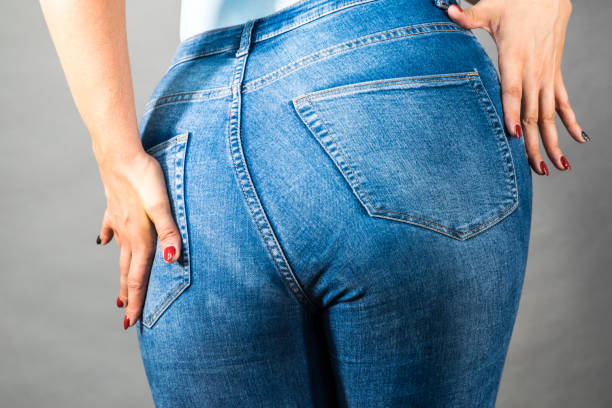Looking to shed some extra weight from your hips? Losing weight in the hip area can be a common struggle for many. While spot reduction is not possible, there are practical strategies you can follow to achieve a slimmer and more toned hip area. In this post, we’ll share practical tips and exercises that can help you on your journey to losing weight in your hips. So, if you’re ready to take action and achieve a slimmer, more toned hip area, keep reading to discover the strategies that can make a difference.

Contents
How To Lose Weight In Hips?
Here are some effective tips and exercises to help you in your journey toward hip weight loss.
- Create a Calorie Deficit: Losing weight from your hips, as well as from the rest of your body, requires creating a calorie deficit. This means consuming fewer calories than you burn. Focus on eating a balanced diet that is rich in fruits, vegetables, lean protein, and whole grains. Avoid sugary drinks and opt for water or unsweetened beverages instead.
- Incorporate Cardiovascular Exercises: Engaging in cardiovascular exercises can help burn calories and contribute to overall weight loss. Include activities like brisk walking, jogging, cycling, or swimming in your fitness routine. Aim for at least 150 minutes of moderate-intensity aerobic activity or 75 minutes of vigorous-intensity aerobic activity per week.
- Strength Training: Incorporating strength training exercises can help tone and define your hip muscles. Include exercises such as squats, lunges, hip bridges, and leg presses in your workouts. Focus on performing compound movements that target multiple muscle groups simultaneously.

- Engage in High-Intensity Interval Training (HIIT): HIIT workouts are highly effective for burning calories and boosting metabolism. Incorporate exercises like squat jumps, mountain climbers, and burpees into your routine. Alternate between bursts of high-intensity exercise and short rest periods for maximum impact.
- Monitor Portion Sizes: Pay attention to portion sizes and avoid overeating. Use smaller plates and bowls to help control your portions. Be mindful of your hunger and fullness cues to prevent overindulging.
When Does Losing Hip Fat Become More Difficult?
Losing weight in the hip area can be a challenge, especially when you reach a certain point in your weight loss journey. Let’s take a closer look at when this may occur and why:
1. Stubborn Fat Accumulation: Hip fat is notoriously stubborn and tends to be one of the last areas to lose fat. Your body may hold onto fat in the hip area as a natural protective mechanism. As you continue to lose weight, you may notice that the hip area becomes more resistant to fat loss.
2. Hormonal Changes: Hormonal fluctuations, such as those experienced during menopause, can impact fat distribution and make it harder to lose weight in specific areas, including the hips. Hormonal changes can also affect your metabolism, making it more challenging to create a calorie deficit.
3. Muscle Loss: As you age or engage in long-term calorie restriction, your body may start to break down muscle tissue. This can result in a slower metabolism and less efficient fat burning. Maintaining muscle through resistance training is crucial for preserving a healthy metabolism and aiding in fat loss.

4. Plateaus: Plateaus are a common occurrence in any weight loss journey. Your body may adapt to your current exercise and diet routine, making it more challenging to continue losing fat. Introducing new exercises, adjusting your calorie intake, or varying your workout intensity can help break through plateaus.
5. Lifestyle Factors: Your daily habits and lifestyle choices can also impact your ability to lose hip fat. Poor sleep quality, stress, and unhealthy dietary habits can hinder fat loss progress. It’s important to address these factors and make sustainable changes to support your weight loss goals.
What Mistakes Do People Make When Trying To Lose Hip Fat?
Here are some of the most common mistakes:

- Targeting Hip Fat with Spot Reduction Exercises: One common mistake is believing that doing exercises that solely target the hips will help reduce hip fat. However, spot reduction is not effective, as fat loss occurs evenly throughout the body. Instead, focus on overall body workouts that include cardiovascular exercises and strength training to promote overall fat loss.
- Neglecting a Balanced Diet: Another mistake is relying solely on exercise and neglecting a balanced diet. Though exercise is important, your diet plays a significant role in weight loss. Be mindful of your calorie intake, particularly from processed foods, as they can hinder your progress. Incorporate foods that support weight loss, such as lean proteins, fruits, vegetables, and whole grains.
- Inconsistent Routines, Lack of Sleep, and High Stress Levels: Consistency is crucial for weight loss success. Inconsistent workout routines or skipping workouts can slow down your progress. Similarly, neglecting the importance of adequate sleep and managing stress levels can affect your body’s ability to lose fat efficiently. Aim for consistent exercise, prioritize quality sleep, and manage stress effectively.
Frequently Asked Questions
How long does it take to lose hip fat?
The rate at which you can lose hip fat depends on various factors such as your starting point, diet, and exercise routine. A safe and sustainable rate of weight loss is around 1-2 pounds per week, so it may take several weeks or months to see significant changes in your hip area.
Why are my hips so wide and fat?
Hormones play a role in the distribution of fat in our bodies. For women, fat tends to accumulate around the pelvis, buttocks, and thighs, which can result in wider hips. This is a natural occurrence and is influenced by genetic and hormonal factors.

Hello, I’m Ravindra. Over the years, I’ve immersed myself deeply into the world of fitness and health, transforming both my body and mind. Writing has allowed me to share my journey, insights, and expertise with those just starting out and seasoned fitness enthusiasts alike. Beyond just routines and diets, I believe in inspiring others to adopt a holistic approach to well-being.
